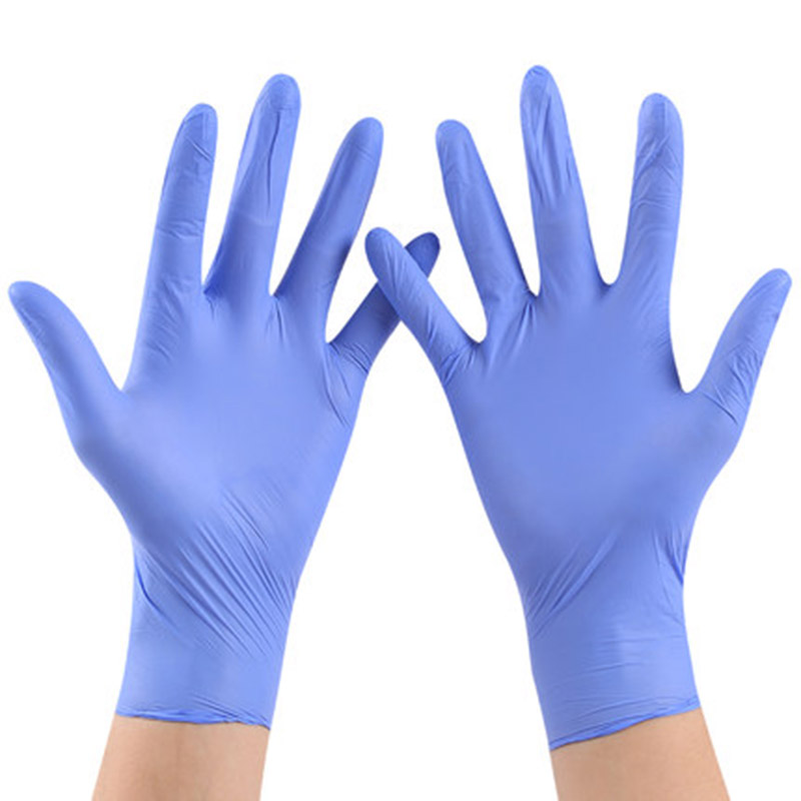Gloves are an indispensable tool when utilized properly in the healthcare setting. Indeed, I cannot imagine practicing nursing without them. In the healthcare setting, clinical staff apply gloves in order to perform a task that leaves us at risk for contacting potentially infectious bodily fluids or surfaces that are likely to be contaminated. Once we’ve completed that task, we immediately and carefully remove our gloves, dispose of them, and clean our hands.
I often get the sense that people think of gloves as a sort of magical protective barrier. Unfortunately, that isn’t the case. COVID-19 is transmitted primarily through respiratory droplets, which means that it must enter the respiratory tract in order to cause disease. Infected individuals produce respiratory droplets when speaking, coughing, or sneezing (primarily); when another person inhales those droplets, a potential for transmission has occurred. A smaller proportion of infections may occur when people touch surfaces that the virus has landed on (when a respiratory droplet falls from the air) and subsequently touch their face. COVID-19 cannot be transmitted through touch alone, meaning that is cannot be absorbed through the skin (if it could, gloves would be much more useful in preventing infection). Gloves do not prevent COVID-19 infection (except when used properly, usually within the healthcare setting for one task only) because touching an infected surface with a gloved hand and then touching your face with your gloved hand transmits the virus just as effectively as your ungloved hand would.
When it comes to COVID-19 prevention, gloves don’t make sense for the vast majority of people in most reasonable circumstances. If you’re wearing gloves for any prolonged period of time or across multiple tasks, you are categorically better off to forgo them completely and, instead, focus on washing your hands thoroughly and often.
Taryn Tindall, RN, on behalf of the Deerfield Leadership Team
